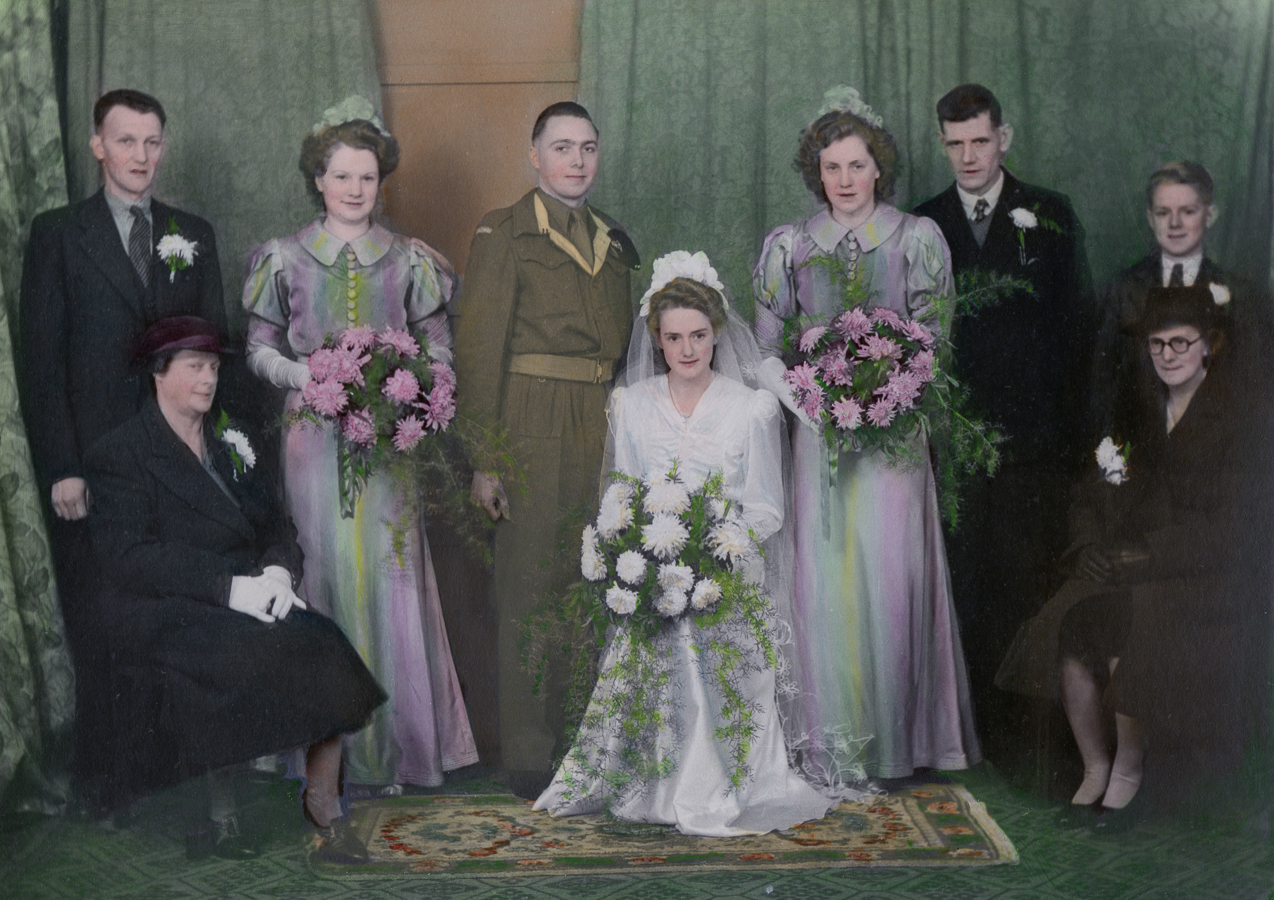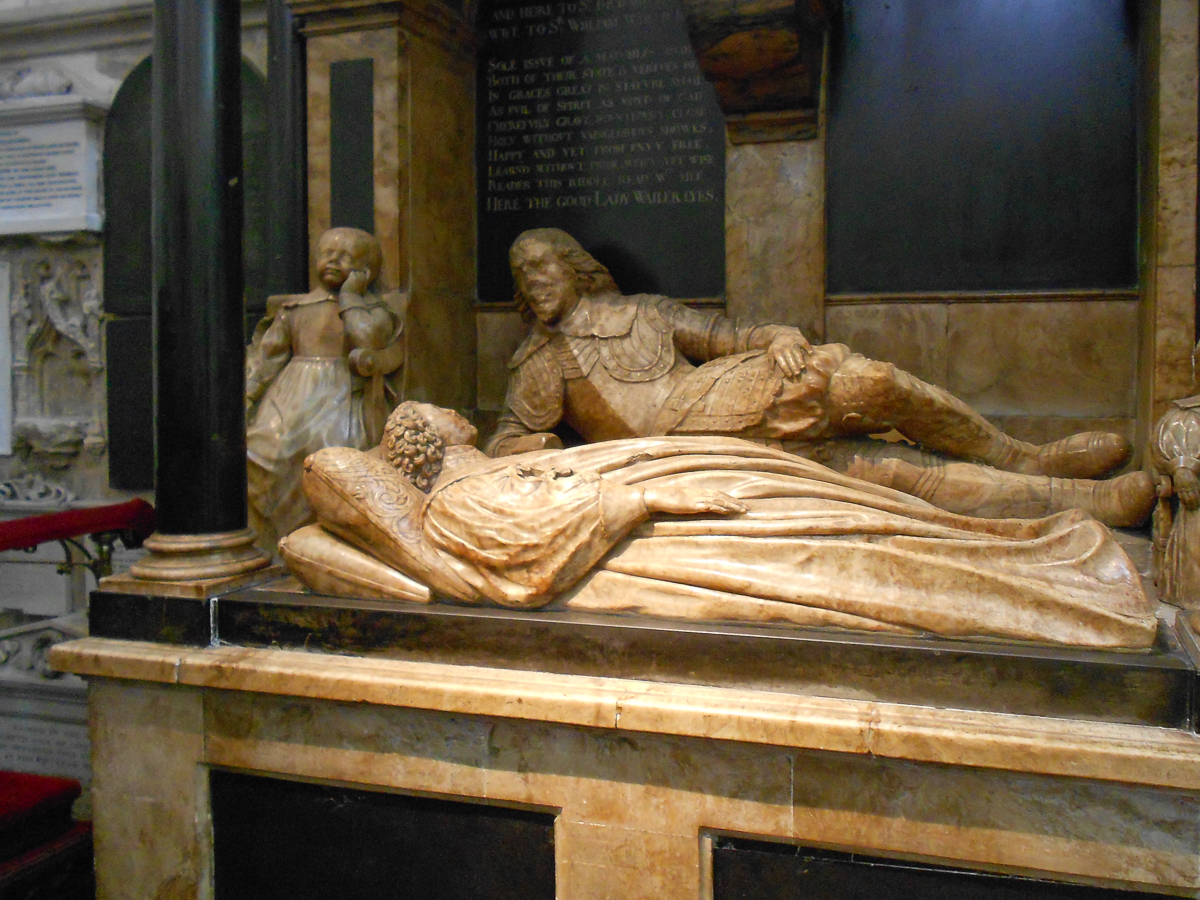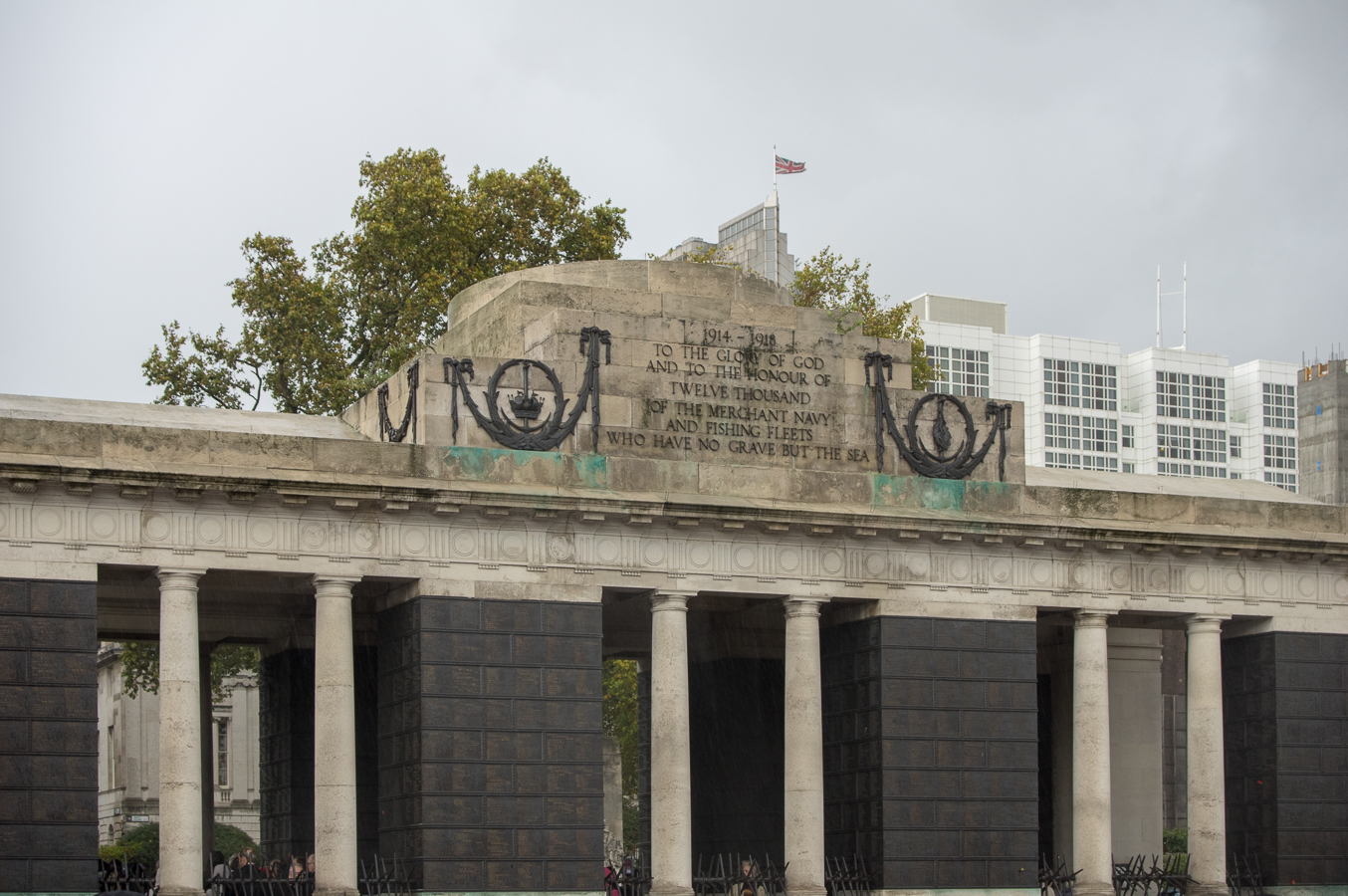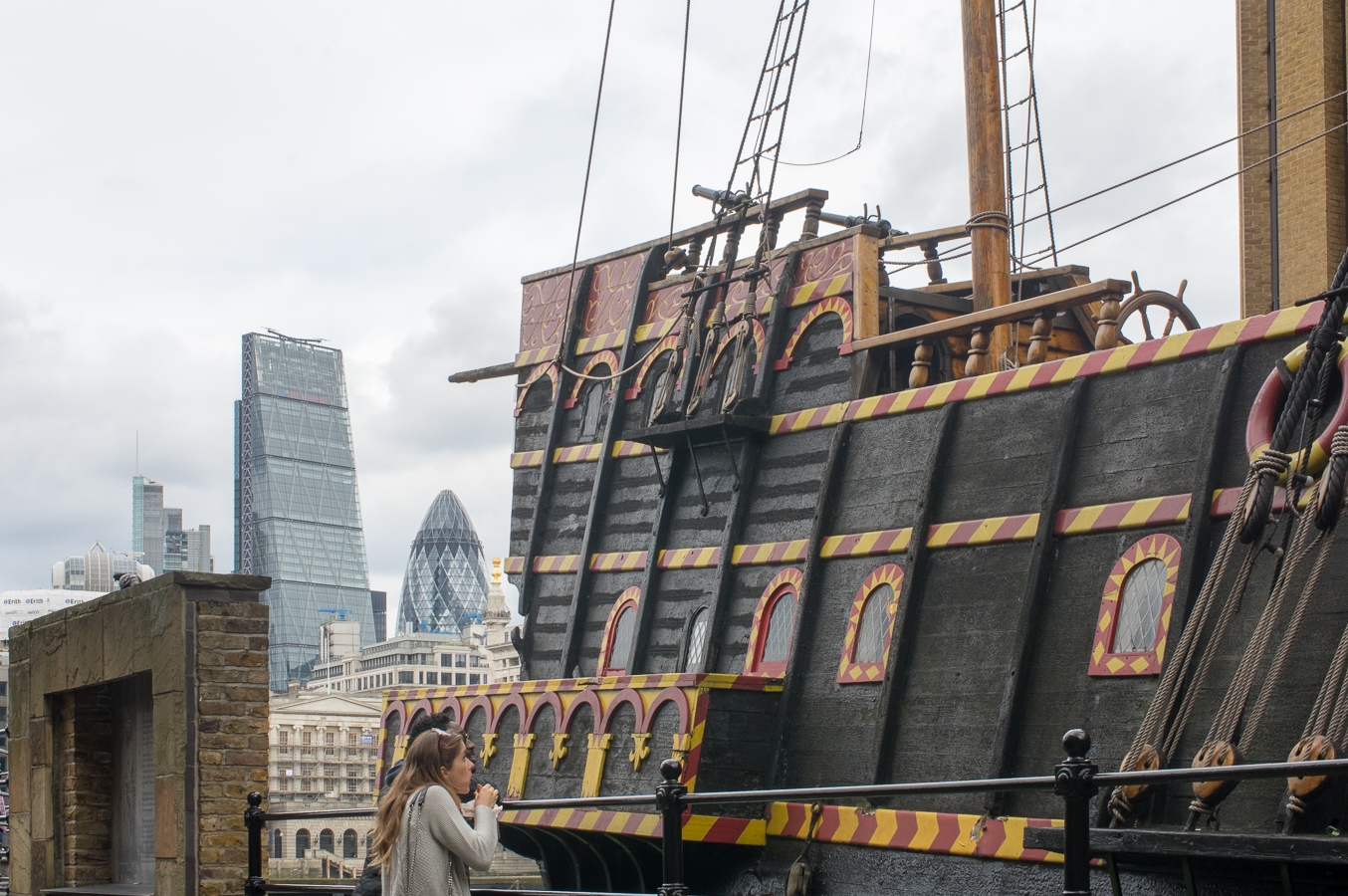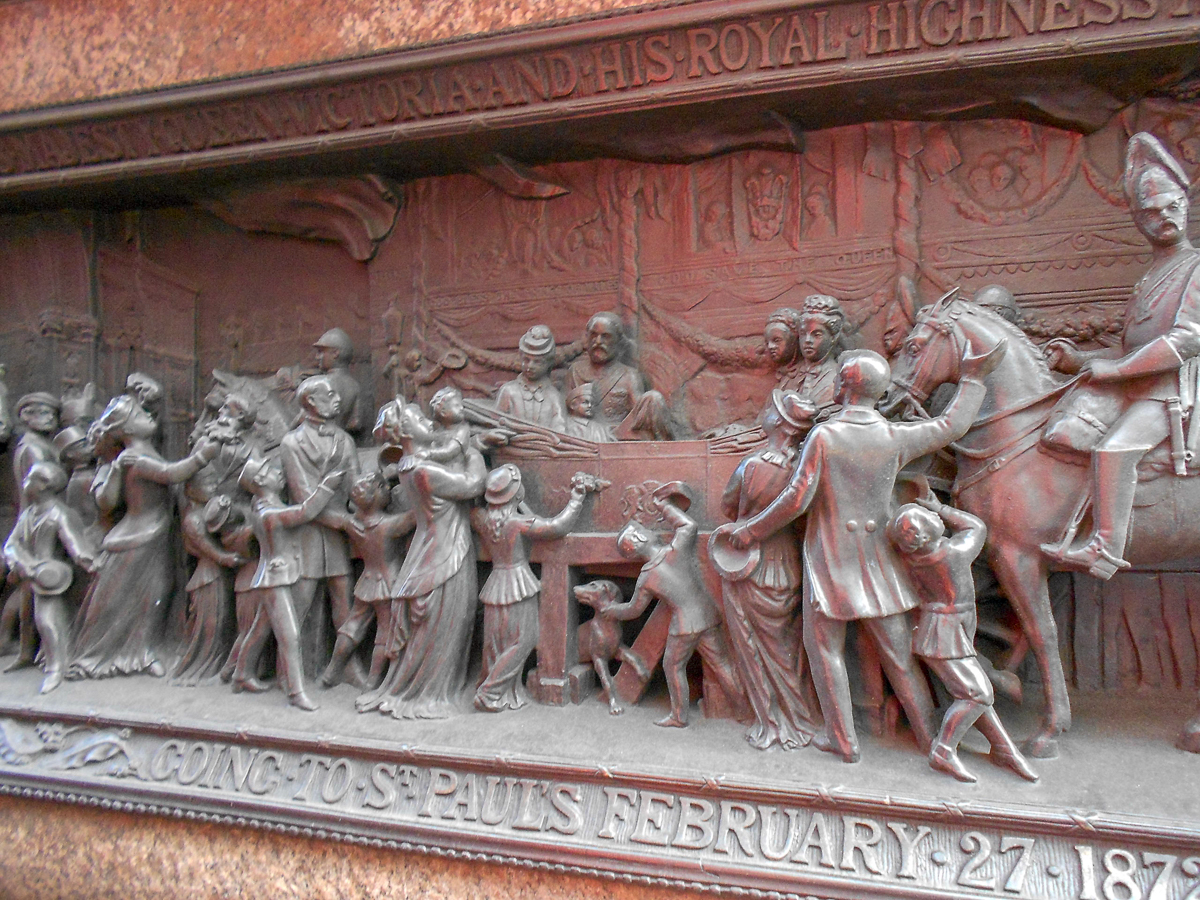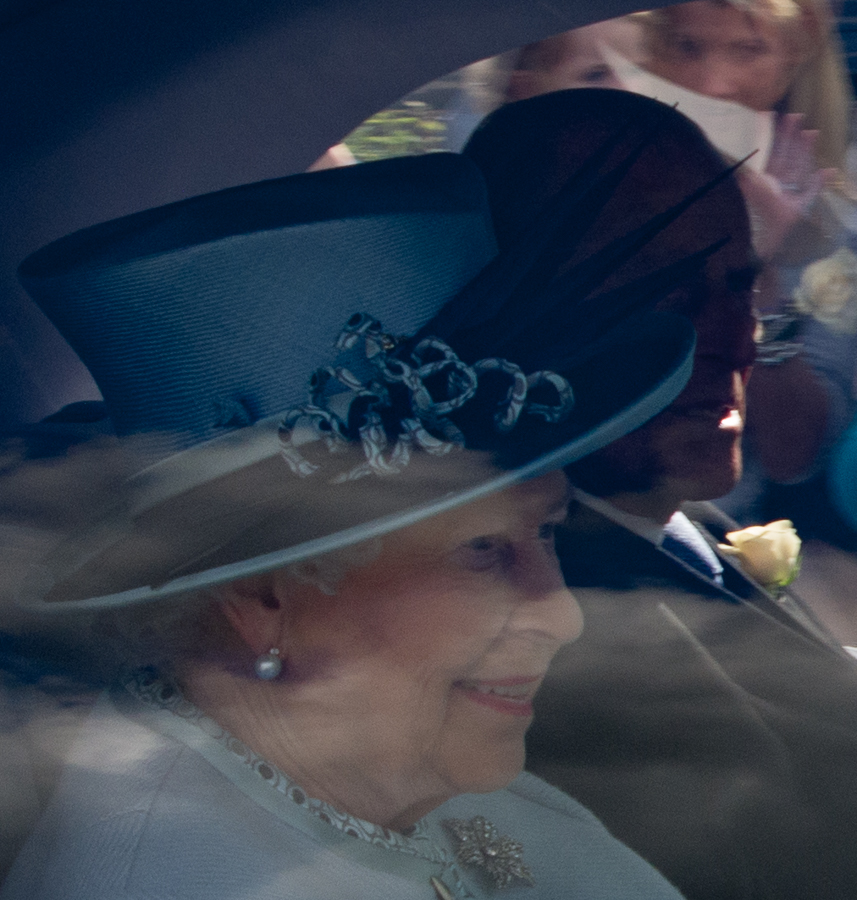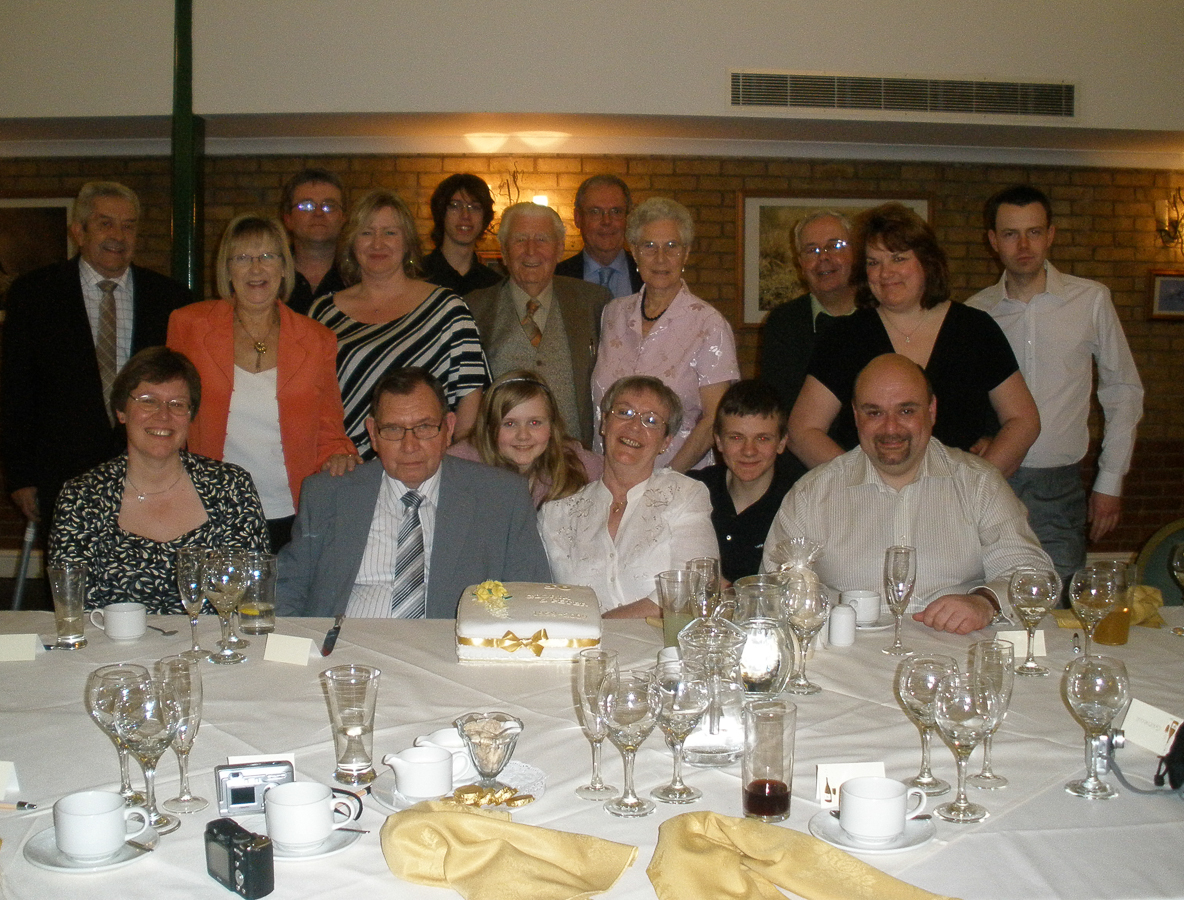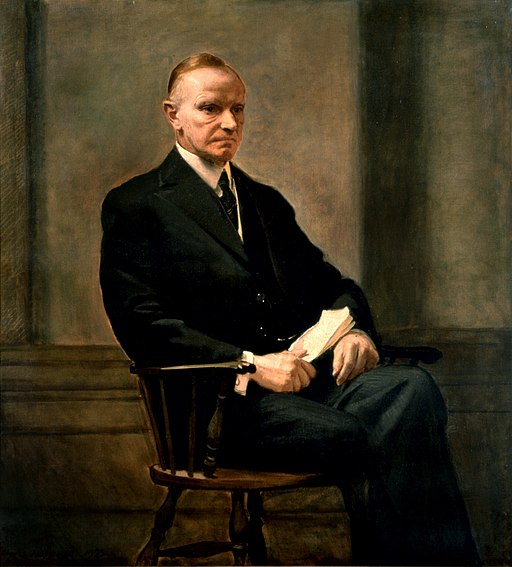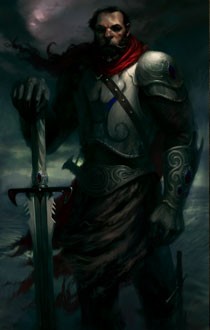Ralph Basset temp. Henry III
Or Ralph Basset of Sapcote tempore Henry III
Derived the Latin word tempore, meaning "in the time of," the more commonly used abbreviated form temp. refers to the reign of a king or queen as in " temp. Henry III" or "during the reign of King Henry III."
Henry III, Henry of Winchester, reigned from 28 October 1216 to 16 November 1272. So this is also the period of Ralph Basset. Perhaps birth and or death years will come to light with more investigations.
I found the following book in Ancestry. It is a long chapter regarding Hervey de Stanton but is worth the read.


Our interest lies with No. 3. Hervey De Stanton, Priest and Chief Justice c. 1265-1327. Below are the beginning pages of that section.
However, before we go there we need to check the Errata as the last entry is about Hervey De Stanton. Born in 1248 becomes 1263, which is close to the 1265 above.



If you have become interested in Hervey de Stanton rather that Ralph Basset you may wish to continue reading about him on Ancestry. I don't know if that link will be blocked without a subscription.
That is not our focus however. Our story at last begins to get some momentum on 20th April 1306 when at approximately 41 years of age, he becomes a Justice of the Bench, a Judge.

For his good work, an inquiry is instigated and following a good report from the Sheriff of Suffolk, he is granted lands and property for the duration of his life.
Edward I died and Edward II took the throne. Under Edward II it was confirmed, on 18th September 1309 that Sir Harvey de Stanton should be one of the six judges of the Common Bench.
On 22 June 1316 Harvey de Stanton was appointed as Chancellor of the Exchequer.
On 8th July 1323 Harvey de Stanton was appointed to be Chief Justice of Pleas, in addition to Chancellor of the Exchequer, by King Edward II. He is in the King's good favour.

It is of little relevance to our story but I could not leave out that Hervey de Stanton founded the second collage at Cambridge University. After 200 years, his college was merged with Trinity Collage.
The following page is out of sequence.

On 18th July 1326 Hervey de Stanton was made Chief Justice of the Bench, but Master Robert de Ayleston got the job of Chancellor of the Exchequer.
This was not to last very long though. In the Autumn of the same Year, Queen Isabella, a sister of the French King, Charles IV, returned to England, landing in Suffolk with an Army.
King Edward II was force to resign on 20th January 1327. He was subsequently murdered at Berkeley Castle on 21st September 1327. The reign of Edward III commenced on 25th January 1327.
With the deposition of Edward II the official life the political life, the judicial life of Henry de Stanton came to an end. As did his life not long after.

He was not out of favour with the new King, no rancour was shown. The new King, Edward III, made sure he was paid promptly for monies owed. Numerous courtiers do not fair well under a new King. He was no longer in office but he died Oct-Nov 1327, with his lands intact at the age of 62 years, or thereabouts, not the 80 mentioned above, taking into account the errata.

Now we get to it, jumping back ten pages. The Advowson of Cheadle. Where Advowson (in ecclesiastical law) is the right to recommend a member of the Anglican clergy for a vacant benefice, or to make such an appointment. Thereby, a living. Cheadle is a parish in Staffordshire.
Circled it the last page are some new players to our story, in 1369 or 1370, under a new King, Edward III, some 42 years after Hervey de Stanton's death. Or perhaps, 43 years, the same as the reign of King Edward III at the commencement of the court case. Alexander de Walsham acted for Hervey de Stanton following his death. The licence had been bought from the Basset family. Forty years or so later, the Master of St. Michael's House, the collage at Cambridge founded by Hervey de Stanton, summons Ralph Basset of Sapcote, chivaler, and Robert Beek.
A chivaler?
From Middle English chivaler or chevaler (also shyvalere while code-switching), from Anglo-Norman chevaler or chivaler, later refashioned after French chevalier, from Late Latin caballarius (“horseman”), from Latin caballus (“horse”). Doublet of cavalier.
A cavalier; a knight.
Seised of the advowson; having ownership of the advowson.

The case was all about ownership of the "living" of Cheadle.
Ralph and Robert Besset, the grandsons of Ralph Besset contended that their grandfather had made a grant of the whole manor of Cheadle, including the advowson. Whilst Alexander de Walsham as heir of Hervey de Stanton having obtained the permission of the King, gave the Advowson to St Michaels House Collage. The court found in favour of St Michaels House Collage.
Ralph Besset, the grandfather was succeeded by Simon Besset, whose wife was Isabella. Simon, after Ralph's death, granted the advowson to Hervey de Stanton. Nicholas was the father of Hervey, and brother of Avice.
The matter was not however fully settled and replayed again in 1411, in the 12th year of the reign of Henry IV.





Our interest regarding Ralph Basset ends at immediately before 'Section XI. The closing Years. 1324 -- 1327', with the line, 'And so Michaelhouse won the day.' In other words, despite various claims and counter claims of gifts and relationships, the court found in favour of St Michael's House College, Cambridge. The writer of this book has added a short family tree commencing at Ralph Basset of Sapcote in the time of the reign of Henry III from the evidence contained in these two cases. It is not definitive as there is contrary evidence within the witnesses statements. However, in the absence of any further records I have used this family tree within my family tree dealing with this area of time and branch of my larger tree.
I recognise that I could have just used the extracted tree without all the detail, but would that have provided any background or context?
During my research I found another interesting site regarding medieval courts.
Lands
Ralph Basset of Sapcote tempore Henry III, it appears from these cases that he was seised (in ownership of) the manor of Cheadle and that of Parkhall, a parcel within Cheadle. Lord of two manors. There is also mention of a John Basset as presented as the priest to the Parkhall manor.
Cheadle Manor is described in 1369 or 1370 as being the manor house, 2 acres land, 3 acres meadow, 500 waste and pasture, a park, two woods, a watermill, rents. and a market.
In 1411 it is described as being 300 acres of land, 40 acres meadow, 100 acres pasture, 30 acres wood and rents. Presumably the other acreage was sliced off to become Parkhall.
Cheadle is a town and a Parish. Parish records in Cheadle began in 1567, significantly after our dates of interest.
Cheadle's listed buildings don't include anything that old.
From British History Online;
Final Concords, Staffordshire. Temp. Hen. IV.
No. 24. At a month from the day of St. Michael. 6 Hen. IV.
Between Thomas Bradhede, Parson of the Church of Grendon, Robert Baret, Chaplain, and Robert . . . Chaplain, complainants, and John . . . Knight, deforciant (fn. 1) of the manor of Parkhall, and a messuage and two carucates of land in Fossebroke.
John acknowledged the said manor and tenements to be the right of the complainants, for which the complainants granted them to the said John for his life, with remainder to Ralph, son of the said John, and Matilda his wife, and to their issue, and failing such, to the issue of Ralph, and failing such, to Edmund, brother of the same Ralph, and to his heirs for ever.
Footnote 1. The name of the deforciant is illegible, but it was doubtless John Basset of Cheadle. (See the previous fine.) The manor house of Cheadle is still called the Park Hall.
[Deforciant; one who keeps out of possession the rightful owner of an estate.]
Cheadle Stafford / Staffordshire / Salop is easy to find on recent and current maps and can be seen on the OS Maps below. There is even a Cheadle Park shown. However, the location of Cheadle Park is not consistent. The OS 1" map also shows a Parkhall Colliery near Harewood Hall. Is this an indication of the location of the 1300's Park Hall?
 Extract of OS 1 inch Map Ashbourne (Outline), Sheet 124, Revised: 1895, Published: 1897 {Click on map to open in a new window}
Extract of OS 1 inch Map Ashbourne (Outline), Sheet 124, Revised: 1895, Published: 1897 {Click on map to open in a new window} Extract of OS Six Map Staffordshire XIX.SE, Revised: 1898, Published: 1900 {Click on map to open in a new window}
Extract of OS Six Map Staffordshire XIX.SE, Revised: 1898, Published: 1900 {Click on map to open in a new window}
Cheadle Park south of Cheadle. However open map by clicking it and you will find another Cheadle Park to the north of Cheadle together with a Park Farm, just like the map below.
 'OS Map name 019/SW', in Map of Staffordshire (Southampton, 1883-1894), British History Online http://www.british-history.ac.uk/os-1-to-10560/staffordshire/019/sw [accessed 28 January 2022].
'OS Map name 019/SW', in Map of Staffordshire (Southampton, 1883-1894), British History Online http://www.british-history.ac.uk/os-1-to-10560/staffordshire/019/sw [accessed 28 January 2022].
Cheadle Park and Park Farm, north of Cheadle.
 Draughtsman: [Stevens, Henry] Medium: Pen and ink on paper Date: 1837 - Shelfmark: OSD 347 Item number: 14 Length: 33 Width: 32 Genre: Map Map scale ratio: 2'' : Mile (1 : 31680)
Draughtsman: [Stevens, Henry] Medium: Pen and ink on paper Date: 1837 - Shelfmark: OSD 347 Item number: 14 Length: 33 Width: 32 Genre: Map Map scale ratio: 2'' : Mile (1 : 31680)
A triangulation diagram appears on the reverse of this drawing. This enabled the draughtsman to plot topographical features of the landscape. There is no hill sketching on this drawing, suggesting that it is a rough copy. Major lines of communication are coloured yellow, following standard military cartographic procedure.
The above is one of many Ordnance Survey sketches held by the British Library. From the sketches the maps were produced. Cheadle Park and Park Ford are circled in blue, with Park Hall circled in green.

On the Tithe Map found in The Genealogist Cheadle Park is shown as plot 1970.
| Landowner | Sir John Buller Yarde Buller |
|---|---|
| Occupier | Joseph Finney |
| Parish | Cheadle |
| County | Staffordshire |
| Original Date | 30th June 1842 |
| Altered Apportionment Reference | 003 |
| Plot | 1970 |

The location of Park Hall on the OS Sketch from the British Library seems to be similar to plot 1900, which in turn is on current maps show as Park Hall Farm.
| Landowner | Sir John Buller Yarde Buller |
|---|---|
| Occupier | Rupert Titley |
| Parish | Cheadle |
| County | Staffordshire |
| Original Date | 30th June 1842 |
| Altered Apportionment Reference | 003 |
| Plot | 1900 |

Tithe Map of part of the Parish of Cheadle showing the relative positions of Cheadle Park, circled in blue, and Plot 1900, Park Hall, circled in green. Given their proximity it is easy to imagine the Park Hall was originally part of Cheadle Park, assuming of course that the Cheadle Park of 1842 is approximately representative of the Cheadle Manor of 1370's. I have no evidence to that effect yet, purely supposition. The town of Cheadle is off the map, below the larger of the two woodlands flanking Cheadle Park.
 Extract of OS 25 inch Map Staffordshire XIX.6, Revised: 1898, Published: 1899 {Click on map to open in a new window}
Extract of OS 25 inch Map Staffordshire XIX.6, Revised: 1898, Published: 1899 {Click on map to open in a new window}
We may not have located Cheadle Manor definitively, but we may be closer to Park Hall. Are the two moats perhaps some relic of the 1400's Park Hall Manor?
 Extract of OS 25" Map Staffordshire XIX.10, Revised: 1898, Published: 1899 {Click on map to open in a new window}
Extract of OS 25" Map Staffordshire XIX.10, Revised: 1898, Published: 1899 {Click on map to open in a new window}
What was Cheadle Park, Plot 1970 on the Tithe Map in 1842 becomes Park Farm on the OS 25" Map of 1898. On the Open Street Map below it becomes Manor Park and Manor Park Farmhouse.
The location of the recent Cheadle Park shown on the top OS 1 inch Map 1895, was fields in 1842, of various ownership and occupation, according to the tithe map below.

The same general location as the tithe map above, but rotated to the normal North orientation.
 Extract of OS 25" Map Staffordshire XIX.11, Revised: 1922, Published: 1924 with marker at The Mansion {Click on map to open in a new window}
Extract of OS 25" Map Staffordshire XIX.11, Revised: 1922, Published: 1924 with marker at The Mansion {Click on map to open in a new window}
The Open Street Map shows the current layout. The marker indicates Mansion Close, so presumably there was a House and gardens there for awhile, but not I suspect into the time of Ralph Basset of Sapcote tempore Henry III. Open the map to see the extent of the Green Open space, which may in part be the grounds of the Mansion.
 Extract of OS 25 Map Cheadle Staffordshire XIX.10, Revised: 1898, Published: 1899 {Click on map to open in a new window}
Extract of OS 25 Map Cheadle Staffordshire XIX.10, Revised: 1898, Published: 1899 {Click on map to open in a new window}
Another piece of guesswork. Using the measurement tools of the mapping software, I have plotted the area bounded by roads that may have been the boundary of Cheadle Manor as described in 1369 or 1370. The area measures 0.947 sq miles which equates to 606 acres. The described area in 1369 or 1370 amounts to in excess of 500 acres together with items not quantified. Even if this is not the shape or location of the Cheadle Manor, it is probably of a similar size, just to give some scale.
Well, I don't think I will get anymore information about Cheadle Manor or Parkhall Manor but follow the link for some general information about Manor Houses and how they may have looked.
Date of Birth and Date of Death
We know that Henry III, Henry of Winchester, reigned from 28 October 1216 to 16 November 1272. Ralph Basset lived around this time. His grandson Ralph, son of Simon is a minor in 1336. During the mediaeval era and the era of feudalism, in England the age of majority for males was 21 and for females 14 if married and 16 if single. This would give a birth range for his grandson of 1315 to 1336, but probably somewhere in the middle of that range. If we take that to be say 1325, with a generation gap of say 25 years, Simon may have been born in 1300. Taking another 25 year generation gap would put Ralph at 1275. However, that is outside of Henry III reign, but it does suggest that Ralph was born closer to the end of Henry III reign than to the beginning.
The one acre of land was finally bought from the Basset family in 1329 having started proceedings in 1326.
In 1369 or 1370 Sir Ralph Basset was summoned by Magister William de Gotham, Master of St Michael's House to appear together with Richard Beek regarding Cheadle. It was Sir Ralph Basset, the grandson that was summoned as he was the heir to Cheadle Manor. Therefore both Ralph Basset and his son Simon Basset had both died sometime before 1369 or 1370.
After his father's death Simon entered into the Cheadle Manor and later granted the avowson in question to Hervey de Stanton and his heirs. Hervey died in 1327 so it follows the Simon was over 21 in 1327 and that Ralph had died sometime before 1327.
If Ralph was born in 1270 and died in 1325 he would have been 55 years of age. With this scenario he would have fathered Simon when he was 30. Nothing jumps out and screams this can't be so.
Parking that for the moment and moving on to the second case, in 1411, 12 years into the reign of Henry IV.
Another Ralph Basset, this time the grandson of the defendant of the first case. Hence the 2x Great Grandson of Ralph Besset temp. Henry III. After our Ralph's death the Cheadle Manor descended to Simon this son and heir, who in 20 Edward II (1326) acknowledged 1 acre of land to Hervey de Stanton. However, no additional information is gained pertaining to the Birth and Death of Ralph Besset temp. Henry III.
More information is provided about various relatives but some of it is contrary to previous, more contemporary information.
According to the Peerage.com Ralph Basset was the son of Simon Basset.
Ralph Basset was the son of Simon Basset.1 He married, firstly, Elizabeth Colvill, daughter of Roger Colvill and Margaret Brewes.1 He married, secondly, Margaret (?) before 21 July 1295.1 He died in 1322.1
On 6 March 1299/0 he was Knight of the Shire for Staffordshire.1 In 1316 at Cheadle, Staffordshire, England, he was lord of one of the two manors.
Citations [form Peerage.com]
[S6] G.E. Cokayne; with Vicary Gibbs, H.A. Doubleday, Geoffrey H. White, Duncan Warrand and Lord Howard de Walden, editors, The Complete Peerage of England, Scotland, Ireland, Great Britain and the United Kingdom, Extant, Extinct or Dormant, new ed., 13 volumes in 14 (1910-1959; reprint in 6 volumes, Gloucester, U.K.: Alan Sutton Publishing, 2000), volume II, page 7. Hereinafter cited as The Complete Peerage.
The date of death of 1322, compared to the above approximation and the reference to Cheadle Staffodshire are sufficient for me to think they are on in the same person. therefore the connected persons in Peerage.com, and presumably 'The Complete Peerage' also applies to my tree.
Following the marriages in Peerage.com led me across to the Beaufort's and thereby back to the Plantagenet's
Ralph Basset of Sapcote 1270-1322
father-in-law of 1st cousin 4x removed of husband of 8th cousin 20x removed
Simon Basset of Sapcote 1290-
Son of Ralph Basset of Sapcote
Isabel Boteler
Wife of Simon Basset of Sapcote
William le Botiler of Wem -1283
Father of Isabel Boteler
Ralph le Botiler -1281
Father of William le Botiler of Wem
Joanna le Boteler
Daughter of Ralph le Botiler
Maud de Raleigh
Daughter of Joanna le Boteler
Margaret de Furneaux
Daughter of Maud de Raleigh
Margaret Longland
Daughter of Margaret de Furneaux
Isabel St Barbe
Daughter of Margaret Longland
Edward Stradling Sir 1389-
Son of Isabel St Barbe
Joan Beaufort 1402-1453
Wife of Edward Stradling Sir
Henry Beaufort 1374-1447
Father of Joan Beaufort
John Gaunt Plantagenet 1340-1399
Father of Henry Beaufort
Other items found during exploration, not directly connected. Yet.
Cheadle, Chedale, Chedele, Staffs, 83, 90.
-, ……, advowson, 83.
-, ……, assignment of dower at, 90.
-, ……, manor, 83.
-, ……, Chedelepark in, 83.
-, ……, le Mulnedon (le Mulnedun) and Wanteleye in, 83, 90.
-, ……, Cokshutehull, Gatenegge and Golfty in, 90.
M. C. B. Dawes, A. C. Wood and D. H. Gifford, 'Index of Persons and Places: C', in Calendar of Inquisitions Post Mortem: Volume 15, Richard II (London, 1970), pp. 429-444. British History Online http://www.british-history.ac.uk/inquis-post-mortem/vol15/pp429-444 [accessed 28 January 2022].
| 1032 | |
| Writ 14 Oct. 1412. | |
| STAFFORD. | Inquisition. Rocester. 29 Oct. |
| She held a third part of the manor of Cheadle in dower of the inheritance of Elizabeth wife of Richard Lord Grey and Robert Moton, knight, as above. It is held of the earl of Stafford by a rent of 1 unmewed sparrowhawk, annual value of the third part £4. She held half a watermill and 100s. rent in Cheadle by the grant by charter shown to the jurors of John de Heton, parson of Benefield, Robert Martell, Walter de Brompton and Thomas de Merdeley of Sutton to her and her heirs by Ralph Basset of Sapcote, knight. They are held of the earl of Stafford, service unknown, annual value £6, and should descend to Elizabeth as her daughter and heir. Date of death as above. Elizabeth is aged 36 years and more, Robert Moton 30 and more. |
Ralph Basset (died 1282?), was an English baronial leader.
Basset was lord of Sapcote, Leicestershire. By the Provisions of Oxford he was appointed constable of Northampton, and he was one of the sureties ex parte baronum for the observance of the Mise of Amiens (December 1263). He was again entrusted by the barons with Northampton, and was appointed, after Lewes, custos pacis (keeper of the peace) for Leicestershire in June 1264. As ‘Radulfus Basset de Sapercote’ he was summoned to Simon de Montfort's parliament on 24 December 1264 and fought at Evesham in 1265 in the ranks of the barons.
Sir Ralph Basset, later to become 2nd Lord Basset of Drayton was born in about 1279 to Ralph Basset (1st Lord Basset) and Hawise de Grey, daughter of John de Grey of Water Eaton. His father died on 31st December 1299, leaving Ralph to inherit the numerous family manors, including that of Drayton.
"from its ancestor Bathet or Baset, Duke of the Normans of the Loire, 895, 905 (Bouquet, vii. 360; viii. 317). He acquired Ouilly Basset, and Normanville in 912, and had issue Norman, father of Osmond, Viscount of Vernon, whose elder son, Hugh Basset, was Baron of Chateau Basset, which barony passed by his widow to the house of Montmorency, circa 990. His brother, Fulco de Alneto, was the father of Osmond Basset, who accompanied the Conqueror."—The Norman People. The names given on the Dives Roll, are, however, "Raoul et Guillaume Basset:" and the former, afterwards the celebrated Justiciary, was the reputed son of Thurstin, a Norman who held five hides of land at Drayton in Staffordshire, 1086. (Domesday.) Ordericus says of him, that Henry I., at the very beginning of his reign, "De ignobili stirpe illustravit ac de pulvere (ut ita dicam), extulit; dataque multiplici facilitate super consules et illustres oppidanos exaltavit." "He had the high office of Justice of England under Henry I., with a power so great, that he sat in what court he pleased, and wherever else he thought fit, for the administration of justice. And to his wisdom, it is asserted, we owe the first design and institution of the law of frank-pledge, besides other excellent laws. From this it seems evident, that he shared largely in his sovereign's favour, and that he had great abilities, which, with so wise a prince, were the likeliest means to procure it.
Of his illegitimate issue, were Ottiwell, tutor to those children of King Henry the First, who perished at sea. Robert, originally a Monk in the Abbey of SL Ebrulf in Normandy, and afterwards Abbot of SL Edmundsbury in Suffolk, and Geva.* the wife of Geoffrey Riddell, to whom the Earl gave Drayton Basset, in Staffordshire.
Sir Ralph Basset, 1st Baron Basset, of Sapcote
RALPH BASSET, son and heir of RaIph Basset, of Sapcote, co. Leicester, was summoned to Parliament 24 December 1264, by writ directed Radulfo Basset de Sapcote. Such summons having issued in rebellion, should not, however, constitute a peerage dignity, and none of his successors were summoned to Parliament till 1371. He was summoned cum equis et armis against the Welsh 24 May 1282.
He appears to have married, 1stly, (-). He married, 2ndly, 1231, Milicent, younger daughter and coheir of Robert of CHAUCOMBE., of Chalcombe, Northants, by Julian his wife. He died about 1282. [Complete Peerage II:6, (transcribed by Dave Utzinger)]
The White Ship (French: la Blanche-Nef; Medieval Latin: Candida navis) was a vessel transporting many nobles, including the heir to the English throne, that sank in the Channel during a trip from France to England near the Normandy coast off Barfleur, on 25 November 1120. Only one of approximately 300 people aboard survived, a butcher from Rouen. Those who drowned included William Adelin, the only legitimate son and heir of Henry I of England, his half-sister Matilda of Perche, his half-brother Richard of Lincoln, the earl of Chester Richard d'Avranches, and Geoffrey Ridel. William Adelin's death led to a succession crisis and a period of civil war in England from 1135 to 1153 known as the Anarchy.
The White Ship British Library


